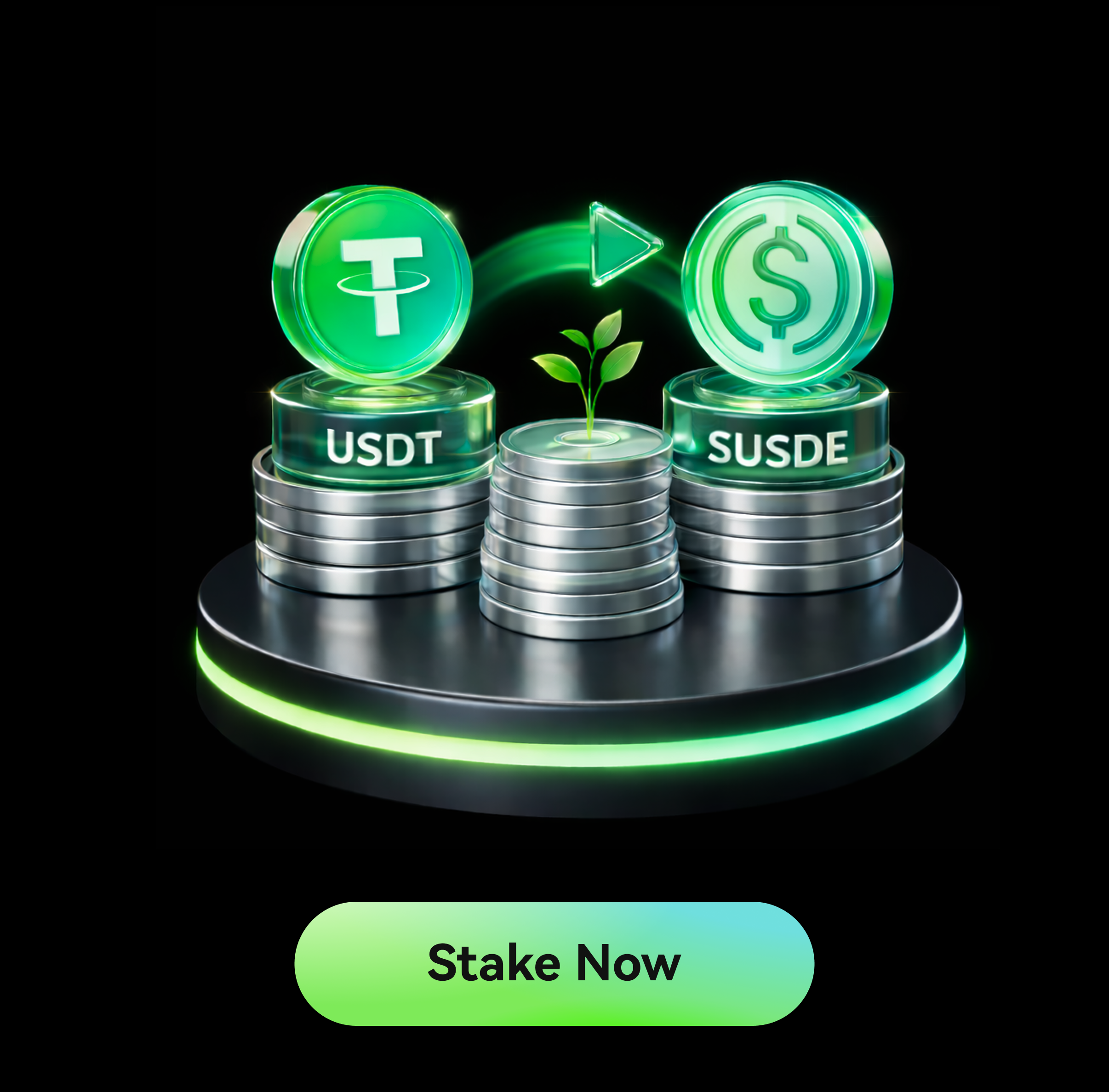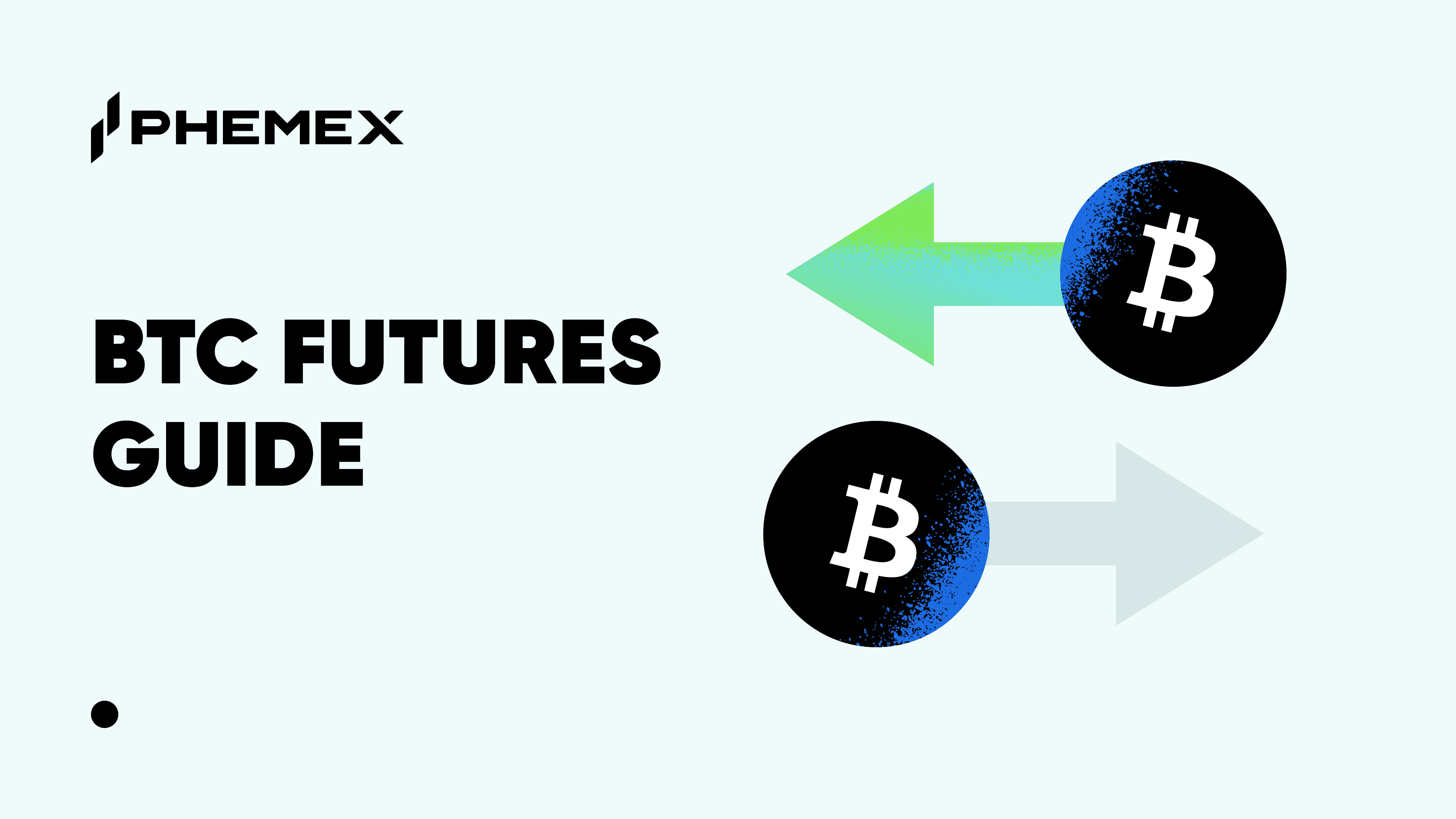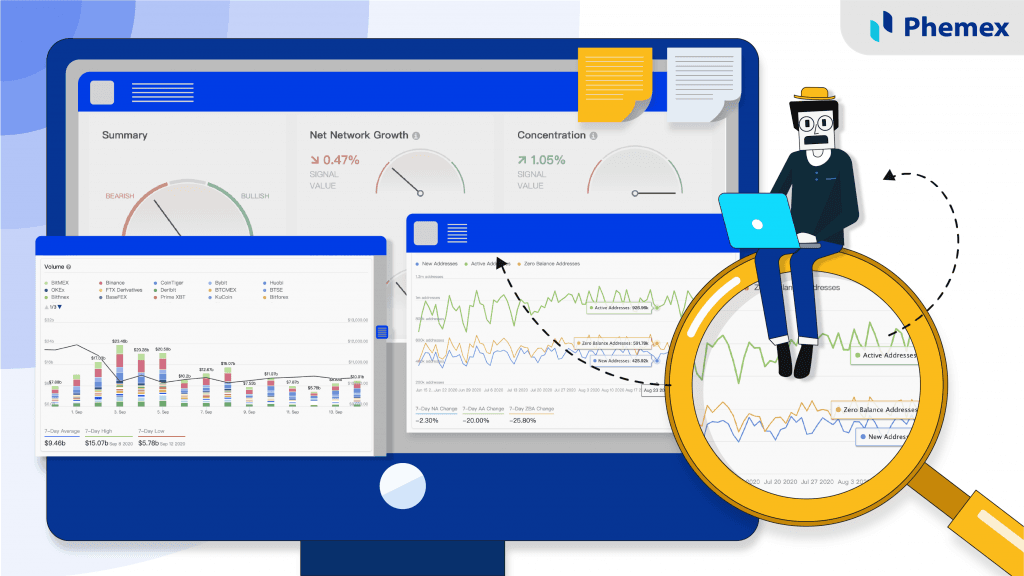Introduction
The allure of cryptocurrency trading often lies in its potential for significant returns, amplified by the inherent volatility of the underlying assets. However, this same volatility is a double-edged sword. The large average daily price ranges mean that without a robust and consistently applied risk management framework, even minor errors in judgment can lead to substantial, and in some cases, catastrophic losses. Many aspire to achieve life-changing wealth through crypto, but few succeed. The primary differentiator is not intelligence or luck, but a disciplined approach to risk.
Effective risk management is the bedrock upon which all successful trading and investment careers are built. It is not about eliminating risk entirely—an impossible feat in any market—but about controlling and mitigating it. This comprehensive guide moves beyond basic concepts to provide a professional framework for risk management. We will explore the three fundamental pillars that professional traders and investors use to navigate volatile markets: managing risk at the portfolio and trade levels, and maintaining crucial psychological discipline.

1.Portfolio-Level Strategy: The Power of Strategic Diversification
Before considering any individual trade, a professional first architects their portfolio's structure. This is the highest level of risk management. The goal is to build a portfolio that is resilient and designed for long-term survival, not just short-term gains. The most powerful tool for achieving this is strategic diversification.
Many novice investors misunderstand diversification as simply "owning a lot of different coins." True diversification, however, is not about quantity; it is about quality and variety. It is the art of combining different types of assets with different risk profiles and growth drivers to reduce the overall volatility of your portfolio.
A proven framework for implementing this is the "Core-Satellite" model.
The Core Holding: Your Portfolio's Anchor
The "Core" of your portfolio should be comprised of the market's most established, liquid, and fundamentally sound asset(s). This portion of your portfolio is not designed for explosive, short-term gains; its purpose is to provide stability and act as a defensive anchor.
-
The Role of Bitcoin (BTC): In the cryptocurrency market, Bitcoin is widely considered the primary "Core" asset due to its unparalleled decentralization, security, network effect, and status as a store of value or "digital gold." A common strategy involves building a significant foundational position in Bitcoin. The rationale is that Bitcoin's long-term institutional adoption and sound monetary policy provide a hedge against the higher volatility and failure rate of more experimental assets.
This Core holding acts as your safety net. It is the bedrock that allows you to take calculated risks in other parts of your portfolio with greater confidence.
The Satellite Holdings: Your Engines for Growth and Exploration
The "Satellites" are the positions that orbit your Core holding. This is where you seek higher returns (alpha) and diversify across the most promising sectors and narratives within the crypto ecosystem. Unlike the Core, the Satellite portion is dynamic and should be actively managed.
How to Diversify Your Satellites:
Effective satellite diversification is not random. It involves making deliberate allocations to different types of crypto assets based on their role and narrative. A well-diversified satellite portfolio might include exposure to:
-
Major Layer 1 & Layer 2 Protocols: These are the foundational infrastructure of the crypto world, acting as the "digital real estate" upon which applications are built. Examples include established platforms like Ethereum (ETH), Solana (SOL)or leading Layer 2 solutions like Arbitrum (ARB).
-
DeFi Blue Chips: These are the established, revenue-generating "banks" and financial services of the crypto ecosystem. Protocols like Uniswap (UNI) or Aave (AAVE) fall into this category. They represent a bet on the long-term growth of decentralized finance.
-
High-Growth Narratives / Speculative Plays: This is the venture capital arm of your portfolio. It involves taking small, calculated positions in emerging sectors with high-growth potential. Examples of such narratives include Artificial Intelligence (AI), Decentralized Physical Infrastructure (DePIN), Real World Assets (RWA), or Web3 Gaming. These assets carry the highest risk but also the highest potential for asymmetric returns.
Managing Your Satellites:
A key principle of diversification is to avoid "diworsification"—owning so many assets that your portfolio becomes an expensive, difficult-to-manage index fund. A focused portfolio of 5-10 well-researched satellite positions is often more effective than holding 50 random coins. The goal is for each position to be meaningful enough to have an impact, while ensuring no single satellite's failure can cripple the entire portfolio.
The Principle of Correlation
It's important to understand that during a major, market-wide downturn (a "risk-off" event), the correlation between most crypto assets tends to approach 1. This means they will all move down together, reducing the short-term benefits of diversification. This reality underscores why 2 (Trade-Level Controls like stop-losses) and 3 (Psychological Discipline) are absolutely essential, even with a well-diversified portfolio.
Beyond Crypto: Holistic Diversification
Finally, true risk management extends beyond the crypto market. Your net exposure to crypto—a high-risk, high-return asset class—should be considered within the context of your age, financial goals, and other investments. For a truly resilient long-term strategy, consider diversifying your overall wealth across different asset classes, such as stocks, bonds, real estate, or precious metals like gold, which may act as a hedge during periods of crypto market stress.
2.Trade-Level Controls: The Art of the Exit
Once your portfolio is structured, you can zoom in on managing the risk of each individual trade. This is primarily achieved through the disciplined use of stop-loss and take-profit orders.
The Stop-Loss (SL) Order: Your Capital Preservation Tool
A Stop-Loss (SL) order is a non-negotiable component of professional trading. It is an instruction to your exchange to close a position at a predetermined price to limit your loss on that trade.
-
Placement Strategy: Professional placement is based on objective market structure. Common methods include placing stops just below key support levels, on the other side of a key moving average, or using a volatility-based indicator like the Average True Range (ATR) to avoid being stopped out by normal market "noise."
The Take-Profit (TP) Order: Securing Your Gains
A Take-Profit (TP) order is designed to combat greed and lock in gains on a profitable trade.
-
The Multi-Factor Sell Strategy: Selling is often harder than buying. To counter this, a structured sell strategy with multiple conditions is essential. This approach, which splits your sell orders based on different factors, helps mitigate uncertainty and personal bias.
-
A Three-Factor Example: One can divide their sell orders based on Time, Theory, and Price. For instance:
-
Time: "Sell 25% of the position in late 2025, regardless of other factors." (Time-based exit)
-
Price: "Sell 25% of the position if $BTC reaches $100k." (Price-target exit)
-
Theory: "Sell 50% of the position if my thesis is validated (e.g., Bitcoin's market cap surpasses that of gold)." (Thesis-based exit)
-
This multi-pronged approach provides a clear, pre-defined plan for taking profits.
Calculating Your Position Size
Your position size is not arbitrary. It is a calculated number based on your account risk and the specifics of the trade. The formula is:
Position Size = (Total Account Capital * Risk Percentage) / (Distance from Entry to Stop-Loss)
Adhering to a strict risk-per-trade rule, like the "1% Rule," ensures that no single trade can catastrophically damage your portfolio.
3.Psychological Discipline: Mastering Your Inner Market
The final and most challenging pillar is mastering your own psychology. The market is a psychological battlefield, and your own emotions are your greatest adversaries.
Assume You Are Wrong
A crucial step that many traders skip is to always start with the assumption that your analysis could be wrong. Focus on probabilities, not certainties. Prepare for different scenarios and have a plan for each.
-
Visualize the Worst-Case Scenario: Before entering a trade, honestly assess the maximum loss you could tolerate and still maintain your financial and emotional well-being. If the potential loss is too high, adjust your portfolio structure (e.g., increase BTC allocation, reduce altcoin exposure).
-
Hedge Your Convictions: Consider what happens if your entire crypto thesis is wrong. How do you hedge against that? This is where holistic diversification into assets like gold or other income streams becomes a vital part of your risk management.
Avoid Revenge Trading
"Revenge trading" is the act of placing an impulsive trade immediately after a loss, driven by a desire to "win back" the money. These trades are based on emotion rather than analysis and are a primary cause of account destruction. The professional response to a loss is to step away, log the trade in a journal, and analyze it objectively before returning to the market.
The Post-Profit Strategy
After a significant winning streak, many investors make the mistake of immediately putting their profits back into the market at elevated risk levels, often leading them to give it all back. The disciplined approach is to return to "Portfolio-Level Strategy".
-
Re-evaluate your portfolio structure.
-
Take a break. The psychological stress of managing large profits can be as taxing as managing losses. Stepping away from the market to focus on other areas of life is key to long-term success and mental well-being.
Conclusion: The Price of Longevity
Successful cryptocurrency trading is a marathon, not a sprint. It is less about the thrill of predicting every market move and more about the discipline of effectively managing inherent risks. Risk management is the price of admission to the world of professional trading; it is what grants you longevity.
By implementing a robust framework built on these three pillars—structuring your portfolio for survival and asymmetry, controlling each trade with precise exit orders and position sizing, and mastering your emotions with unwavering discipline—traders can build a foundation for long-term, consistent performance. It is this foundation that allows you to survive the inevitable storms of the market and remain capitalized to seize the opportunities that lie beyond.








